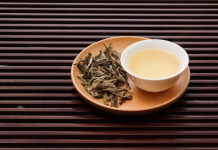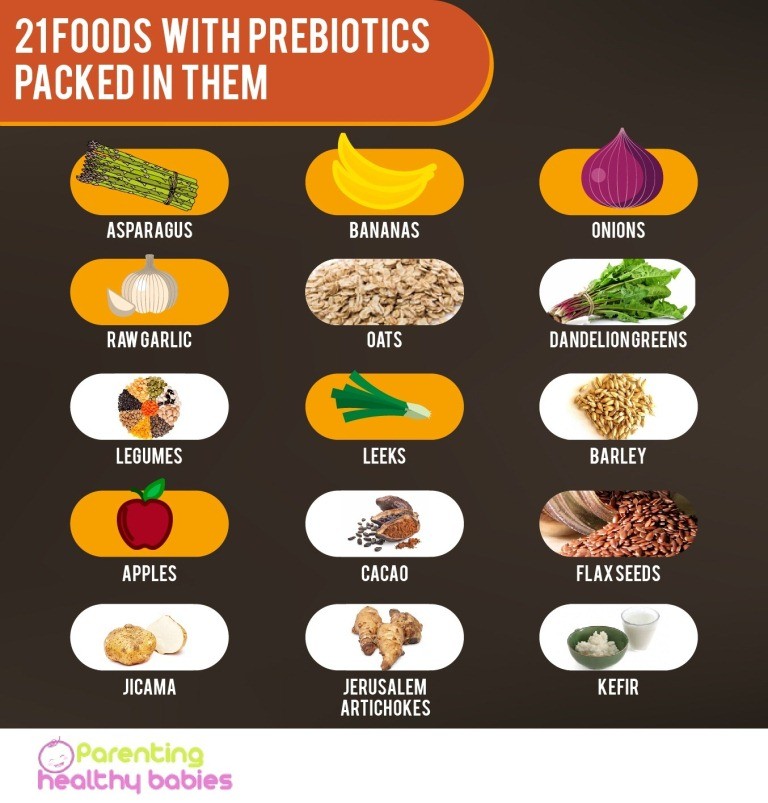Some of the Health Benefits of tuna fish in your child’s diet include its ability to boost the immune system, prevent obesity, rich source of B Vitamins, improve the metabolism, increase the efficiency of organ systems, rich source of protein, etc.
Fish can be a healthy part of kids’ diet soon after he is introduced to solid food. It is a renowned fact that fish is an excellent food, especially for growing babies. It is packed with a whole lot of good things, like omega-3 fatty acids, vitamin D, protein, and other great nutrients, thus being highly beneficial for your child’s eye and brain development.
Among the most popular fish is tuna. This salt-water fish is found in salads, casseroles, sandwiches, and more. Of the various types of tuna, white tuna or light tuna are the most popular ones.
When to Introduce Tune to your Child?

It is suggested by most experts that tuna is fine for young children, only when given in moderation, as long as accompanied with some precautions while introducing a new food to your child. However, when choosing about when to introduce your child to tuna, take note of any food allergies in the family. Remember, food allergies can be genetic. Therefore, check that no family member is allergic to fish before starting to give it to your child.
If there are no allergies in the family, you can introduce your child to tuna at the six-month mark, or once he starts to eat more solid foods.
Health Benefits of Tuna in your Child’s Diet
Make tuna the next choice of meal for your child for it being loaded with nutrients and vitamins. Furthermore, it is low in saturated fat while being an excellent source of protein. When given to your child in moderation, it can provide amazing health benefits, like:
Prevents Obesity: Childhood obesity is a major concern for most parents. The omega-3 fatty acids contained in tuna fish reduce the risk of obesity thus improving the insulin response of the body. The omega-3 fatty acid stimulates a hormone called leptin, crucial to maintain healthy metabolism by regulating the body weight and food intake.
Boosts Immune System: Immune system is a crucial part of the body and is integral to fight off diseases, sickness, and infections. The Selenium present in tuna acts as an antioxidant that works to improve the immune system of the body.
B Vitamins: Tuna contains good amount of B Vitamins that help to build and maintain red blood cells and boost energy. These water soluble vitamins boost the metabolism rate, thus strengthening the immune system and maintaining skin health.
Energy Levels: The B-complex vitamins contained by tuna fish are known to provide an array of health benefits. However, to talk of these benefits comprehensively, they usually work to improve the metabolism and increase the efficiency of organ systems thus providing a boost to the energy levels. Regular consumption of tuna fish can ensure to make y9our child energetic, active, and healthy.
Protein: Meats and eggs are considered to be the highest sources of protein. Well, what about fish? The protein content is one of the nutritional highlights of tuna. It’s loaded with proteins and therefore helps to keep the muscles strong. Besides, protein is also good for skin, hair, blood, and nails.
Precautionary Measures
When introducing your child to tuna fish, there are some precautionary measures that must be taken to ensure healthy growth. Some important ones are listed ahead:
Cook thoroughly: Although Sushi tastes great for adults, the story is slightly different. Make sure that the tuna you serve is cooked properly to avoid the risk of bacteria. Also, make sure that there are no bones in tuna to avoid choking hazards. Canned tuna can prevent the problems that might arise due to undercooked tuna.
Combine it with Veggies: Ensure providing the best food to your baby by combining tuna with tiny bits of pureed veggies. This would ensure that your baby gets ample nutrients and minerals. Moreover, if your baby is already comfortable with vegetables, it would encourage him/her to eat tuna as well.
Serve regularly: It is very obvious that a baby cannot eat a whole can of tuna. Therefore, offering only ½ out at a meal can be the apt amount. A child weighing 20 pounds can safely have one can of tuna every three weeks. Therefore, stretch that can over meals offered about once a week.
Look for Allergies: You might not know about your child being allergic to tuna fish until the first meal of tuna. Therefore, look for allergic symptoms like a rash or swelling if the lips, tongue, or face. A wheezing, vomiting baby with a cramping stomach is most probably dealing with a food allergy, specifically if it is just after eating tuna. In such case, it is recommended to call your doctor right away and avoid tuna for your child again.
Wrapping up, the most common health hazard associated with excessive tuna intake is the risk of mercury poisoning. After all, excess of anything is not good. This problem can be done away with the use of fresh, unprocessed tuna. Else, tuna is a wonderfully delicious and beneficial part of any diet.
Tuna and its Nutritional Facts
Tuna fish are a very diverse family of fish that has recently become one of the most valued and desirable fish on the market. The delicious taste, healthy components, and global availability make it the perfect replacement for red meat or for those who are health conscious and like to add some healthy variation to their diet. Furthermore, it also provides numerous health benefits for children as well for amazing nutritional value.
TUNA NUTRITIONAL ANALYSIS
| NUTRITION FACTS
Serving Size – 210gms Servings per container – 4 |
|
| Amount Per Serving | |
| Calories 230
Calories from Fat 110 |
|
| % Daily Value | |
| Total Fat 13gms | 20% |
| Saturated Fat 2gms | 9% |
| Trans Fat 0gms | |
| Cholesterol 60mg | 21% |
| Sodium 300mg | 12% |
| Total Carbohydrate 3gms | 1% |
| Dietary Fiber 1gm | 3% |
| Sugars 1 gm | |
| Protein 24gms | |
| Vitamin A 35%
Iron 8% Vitamin C 20% Calcium 4% |
|












